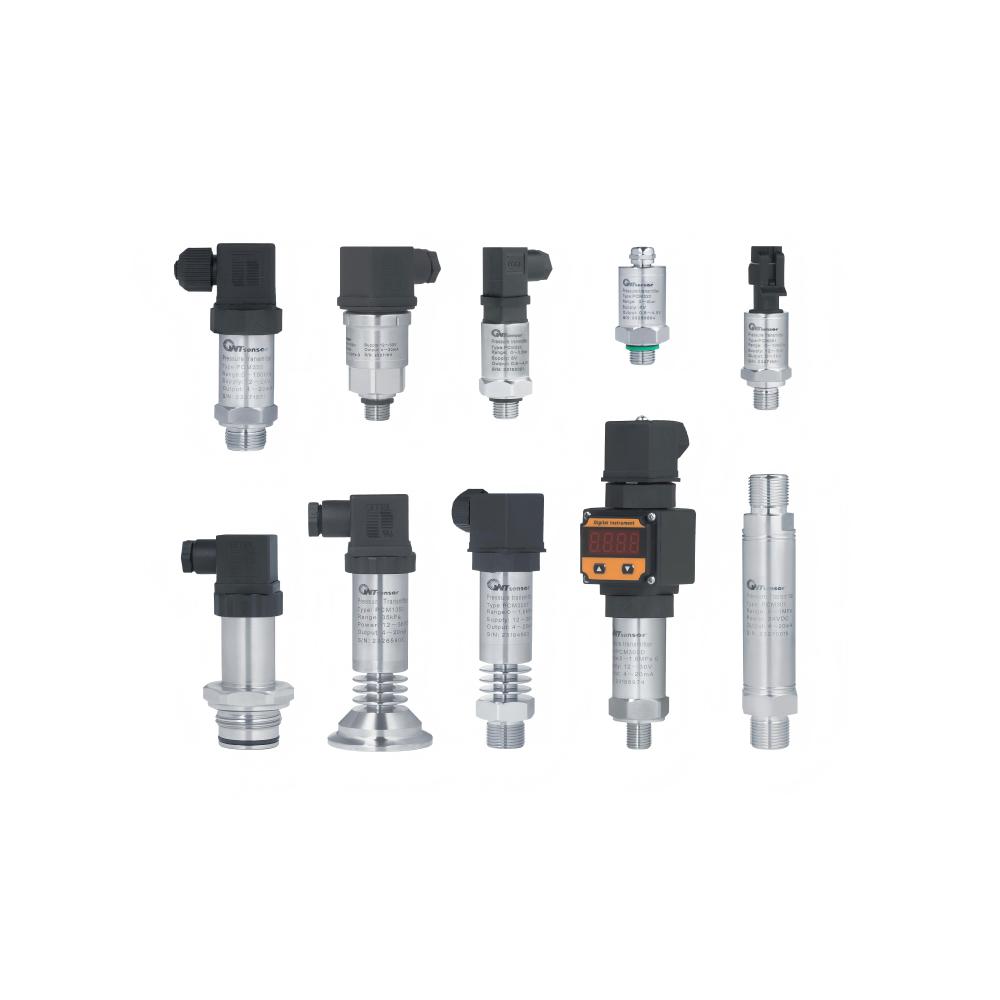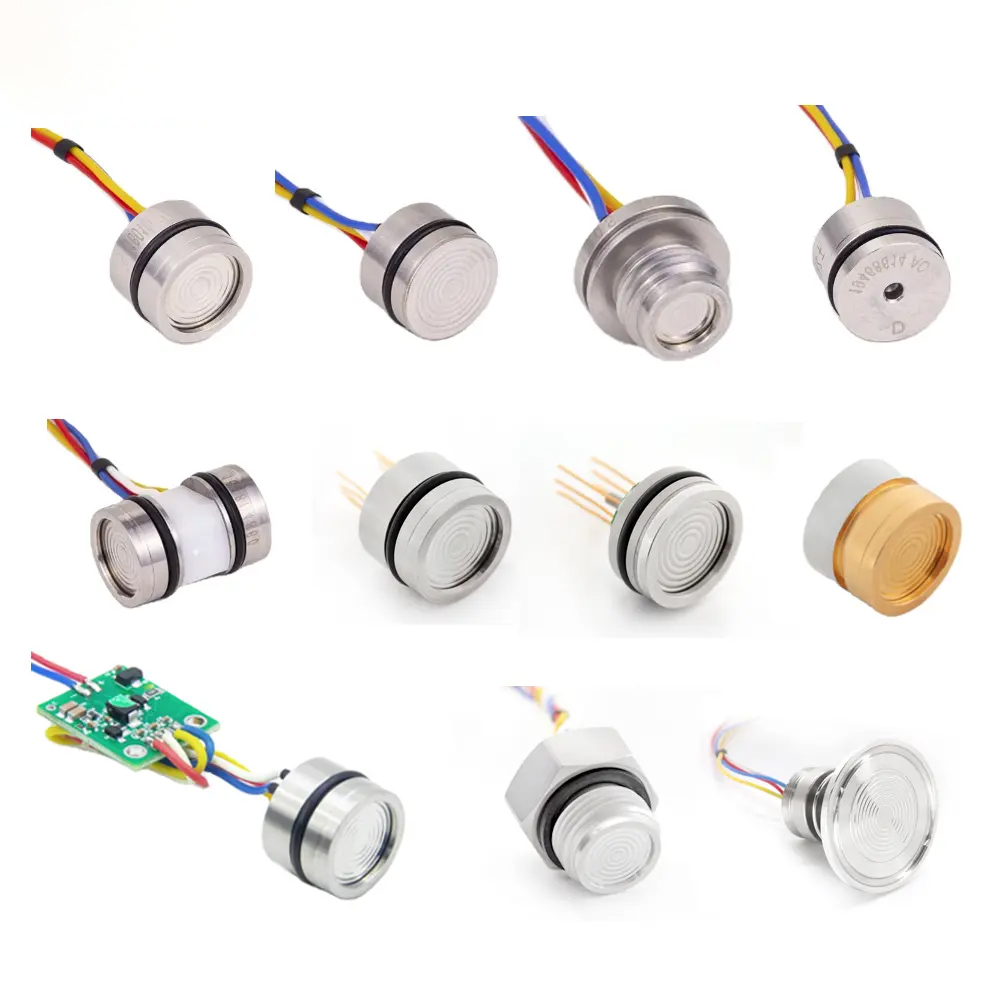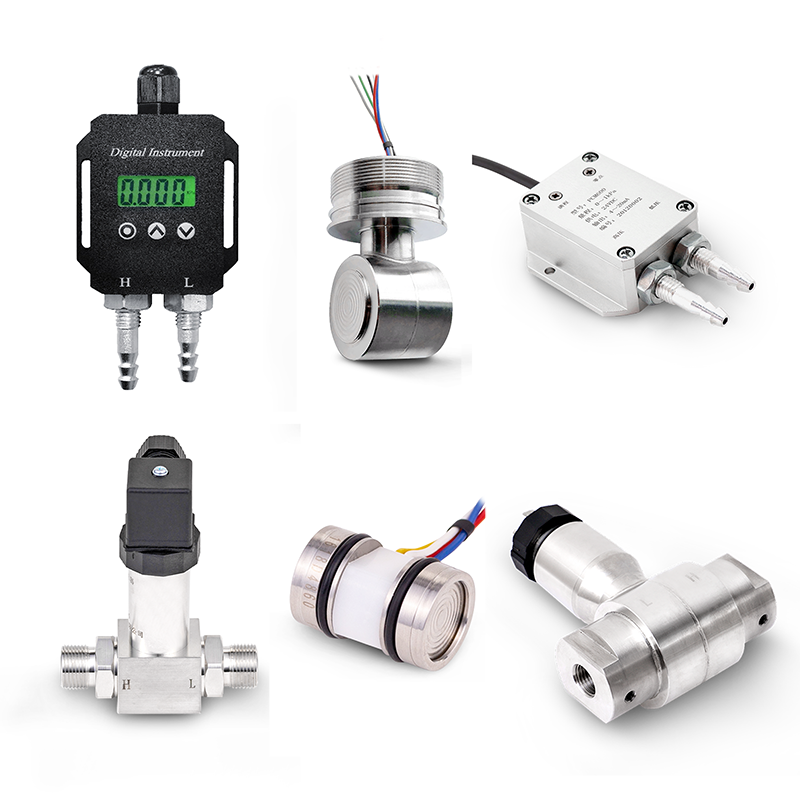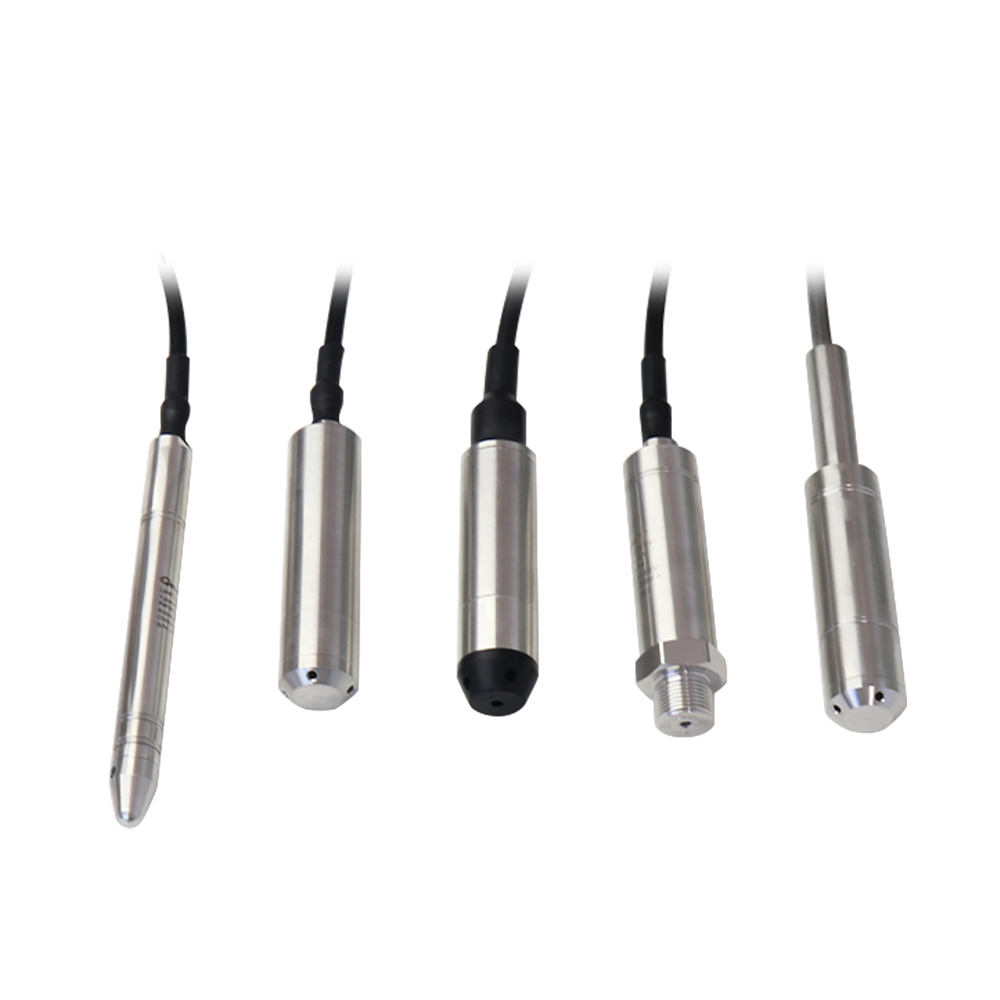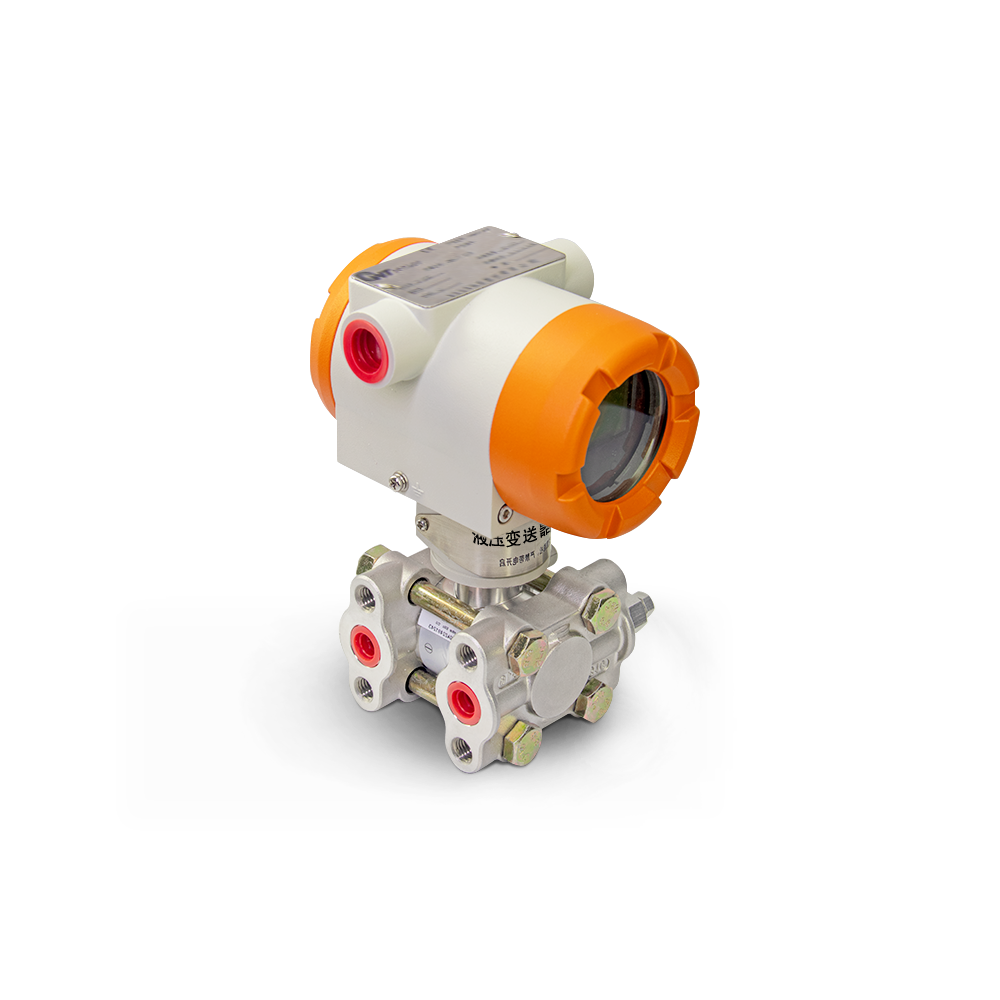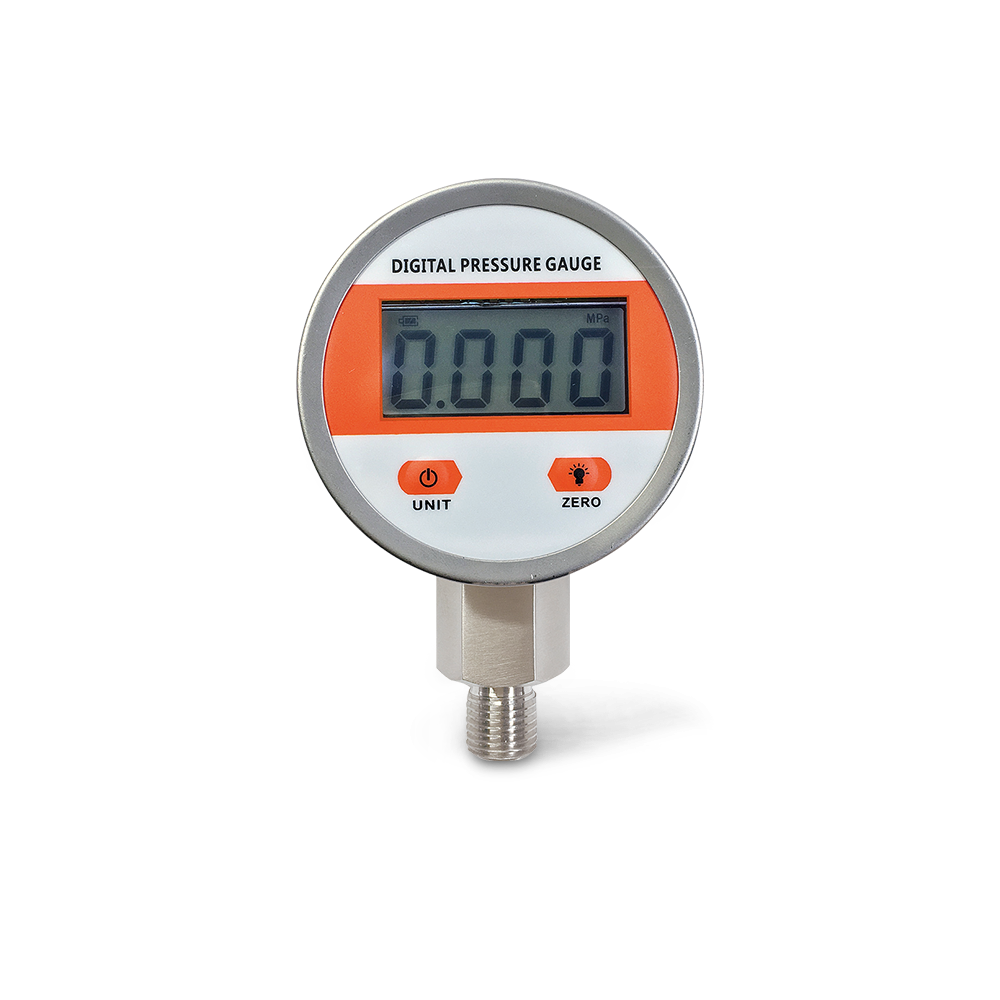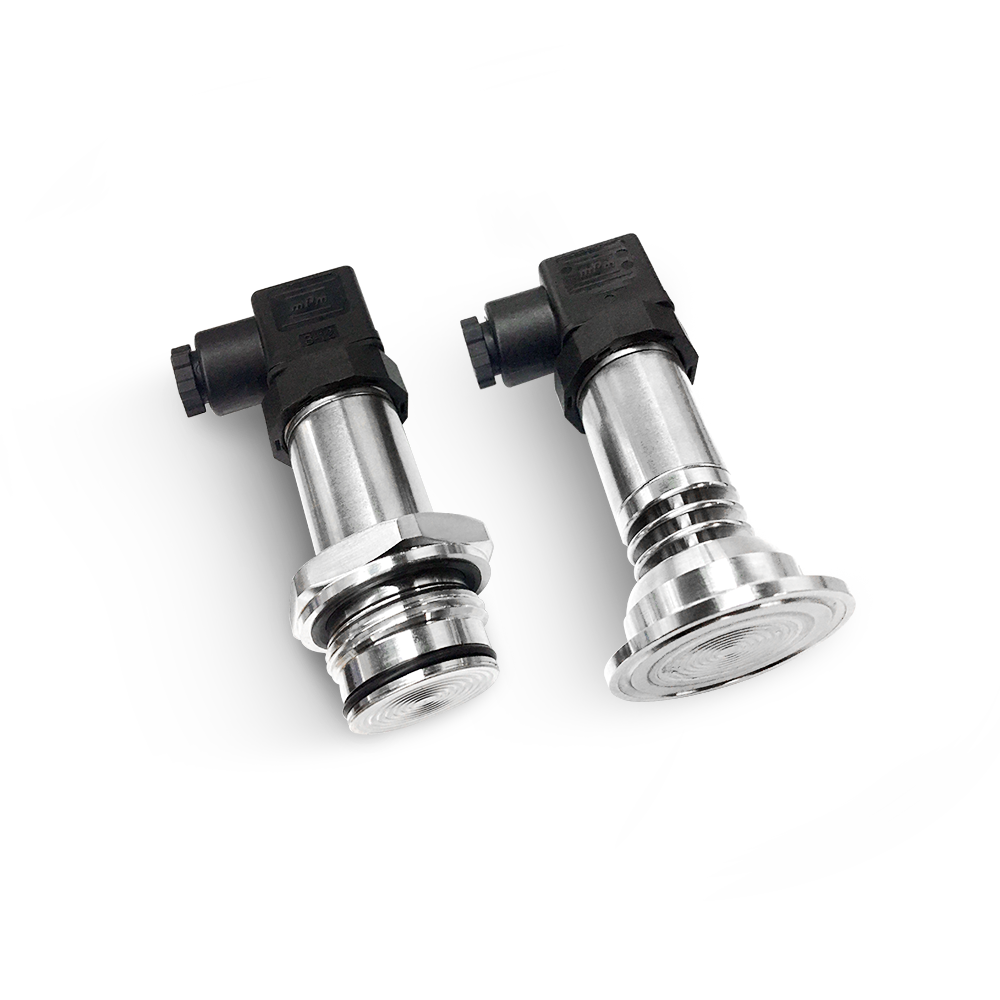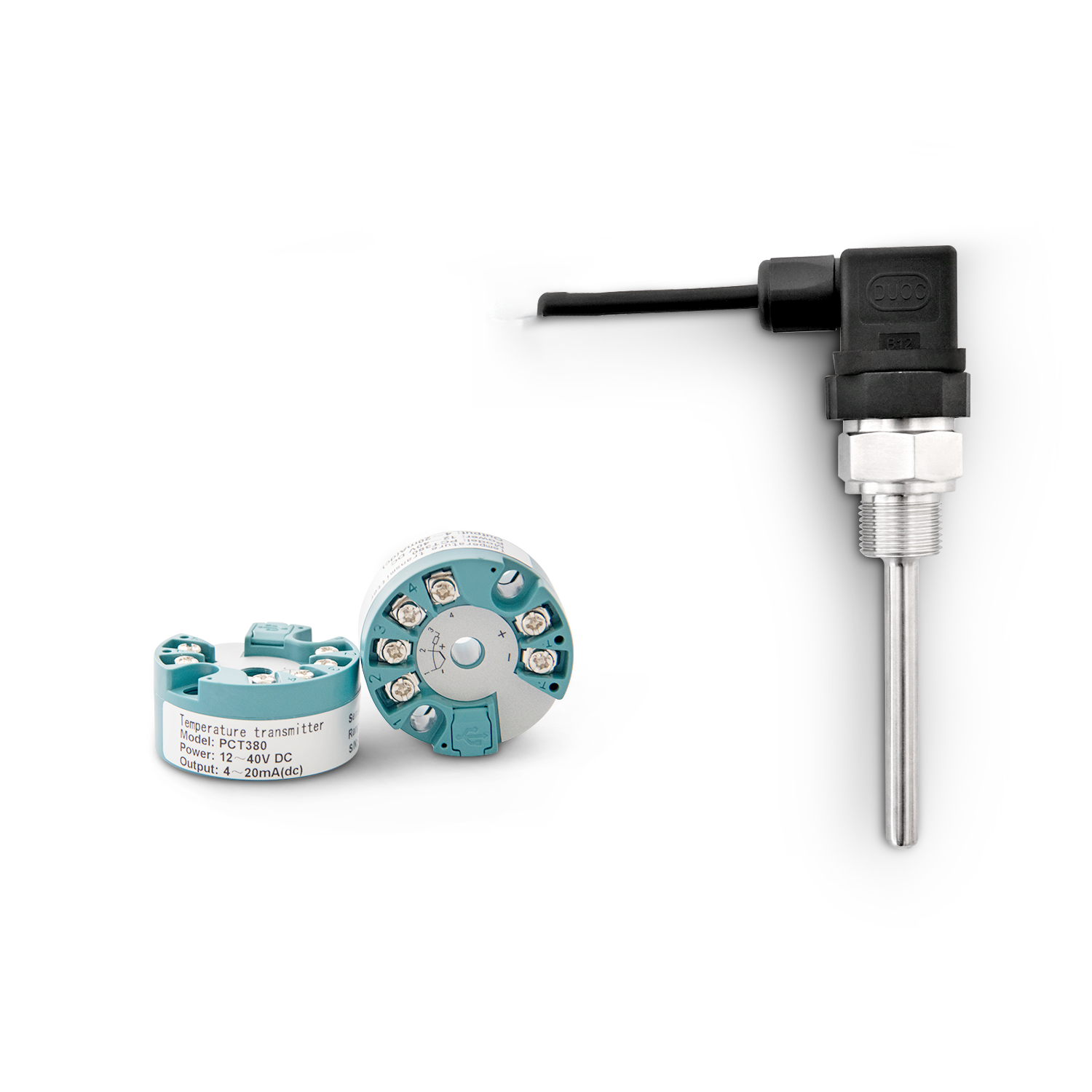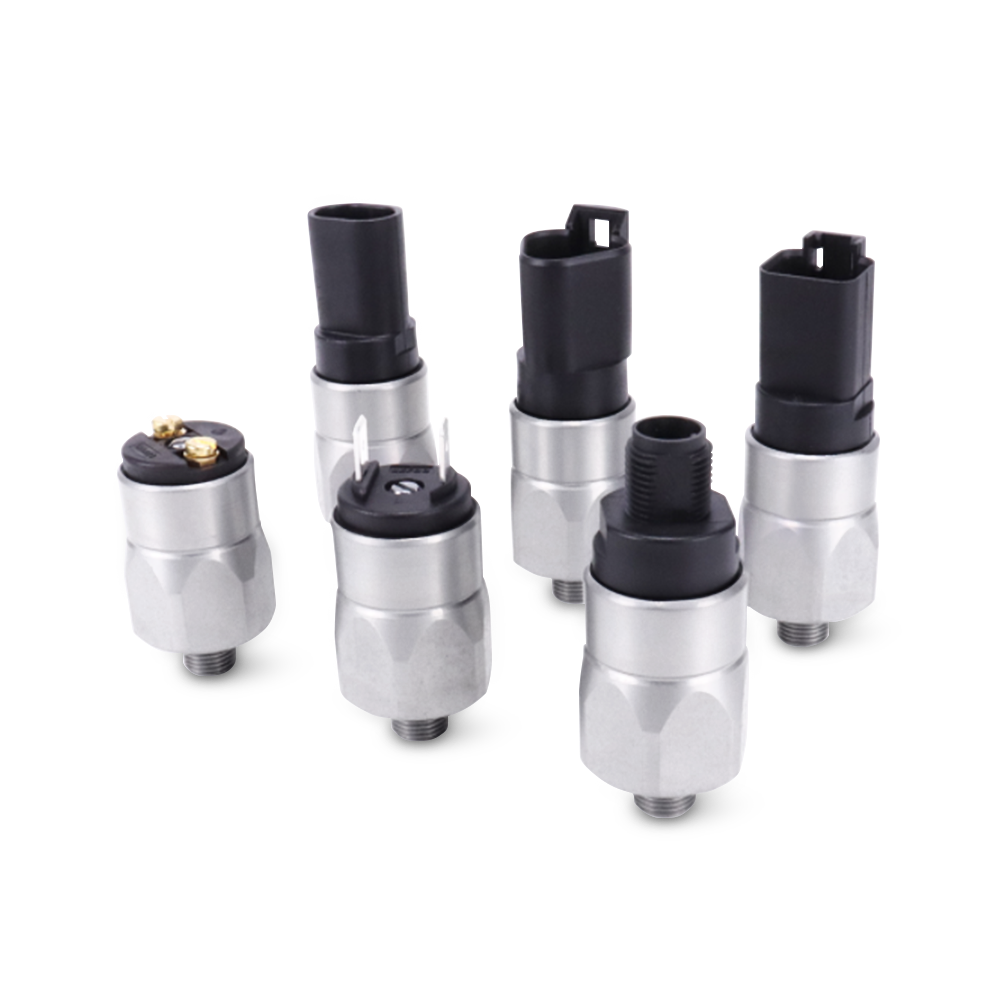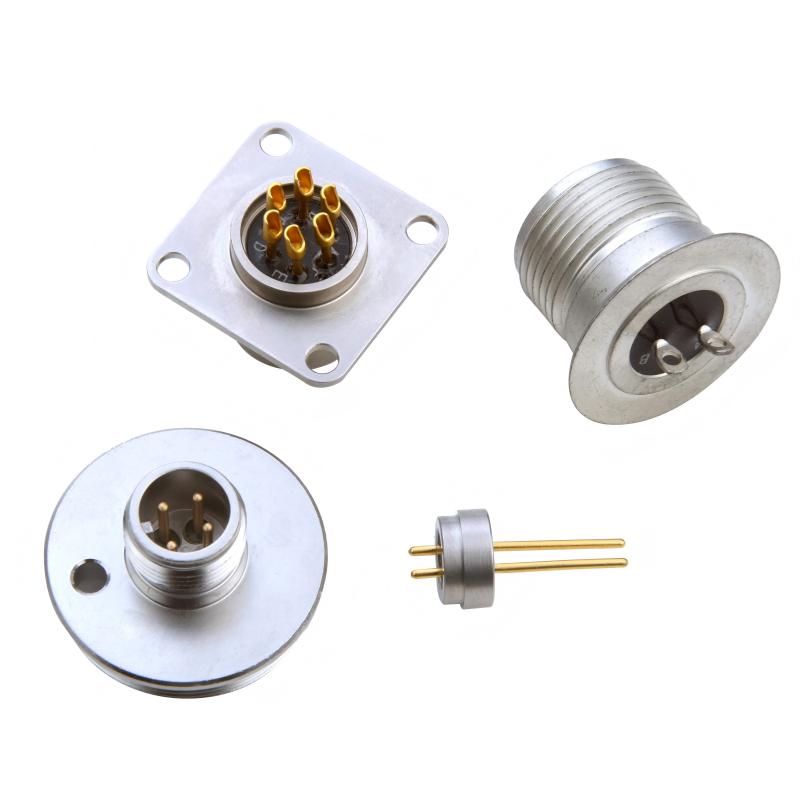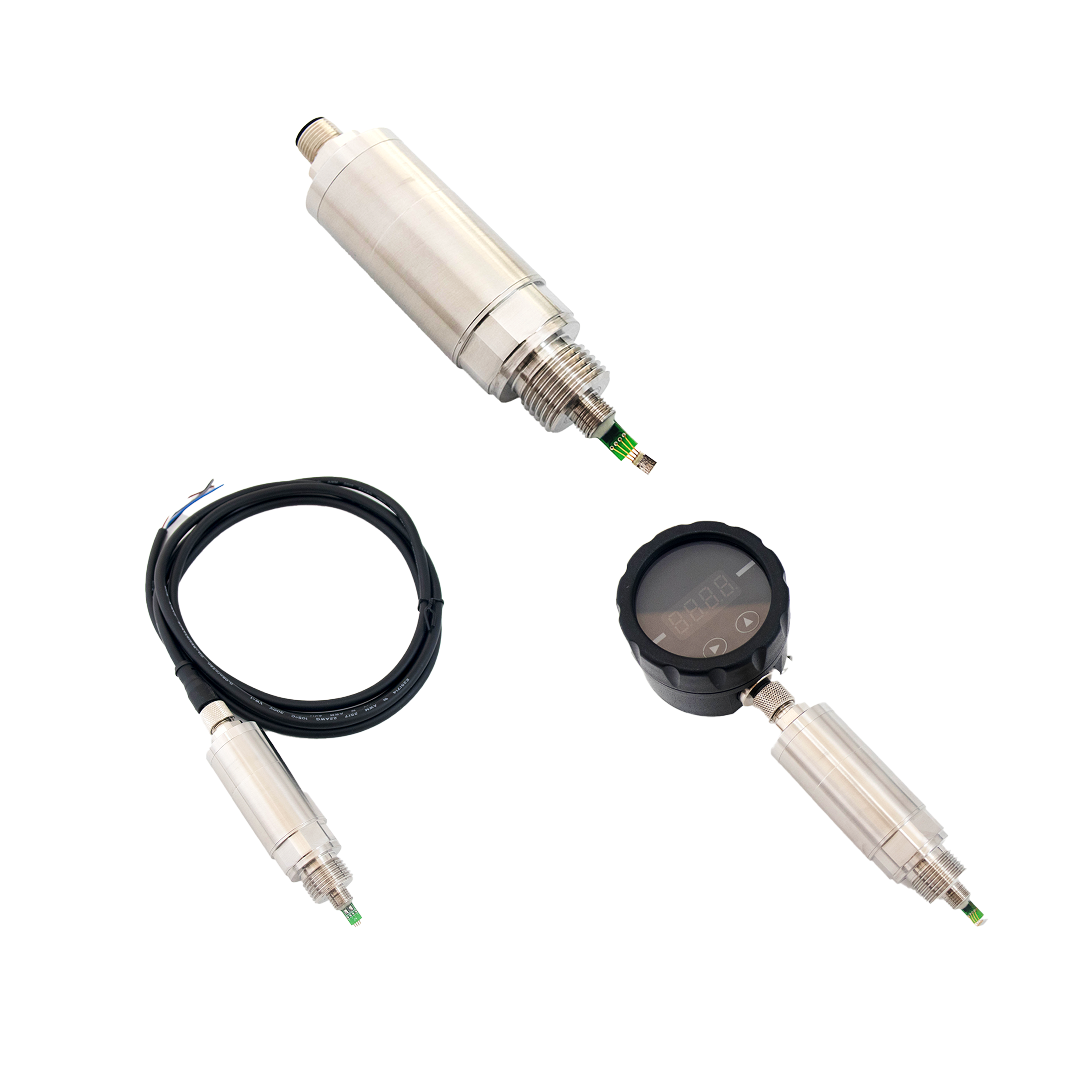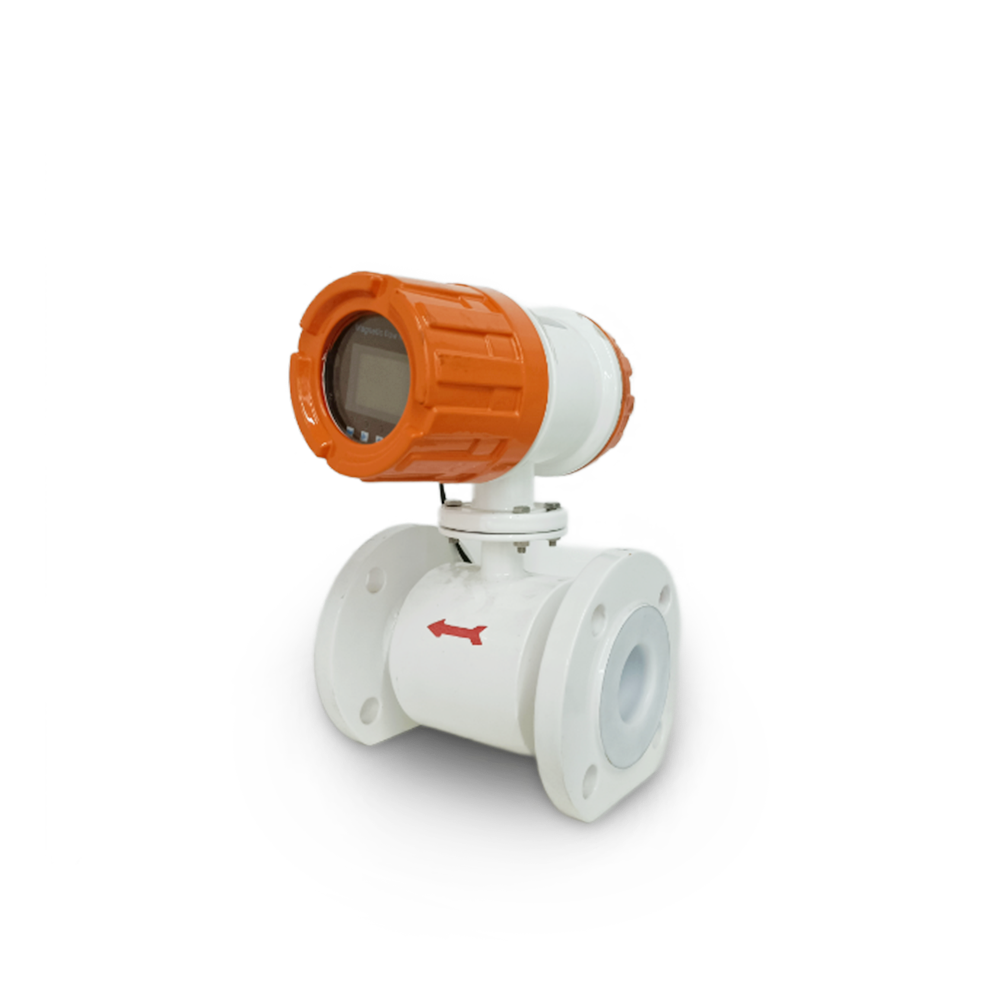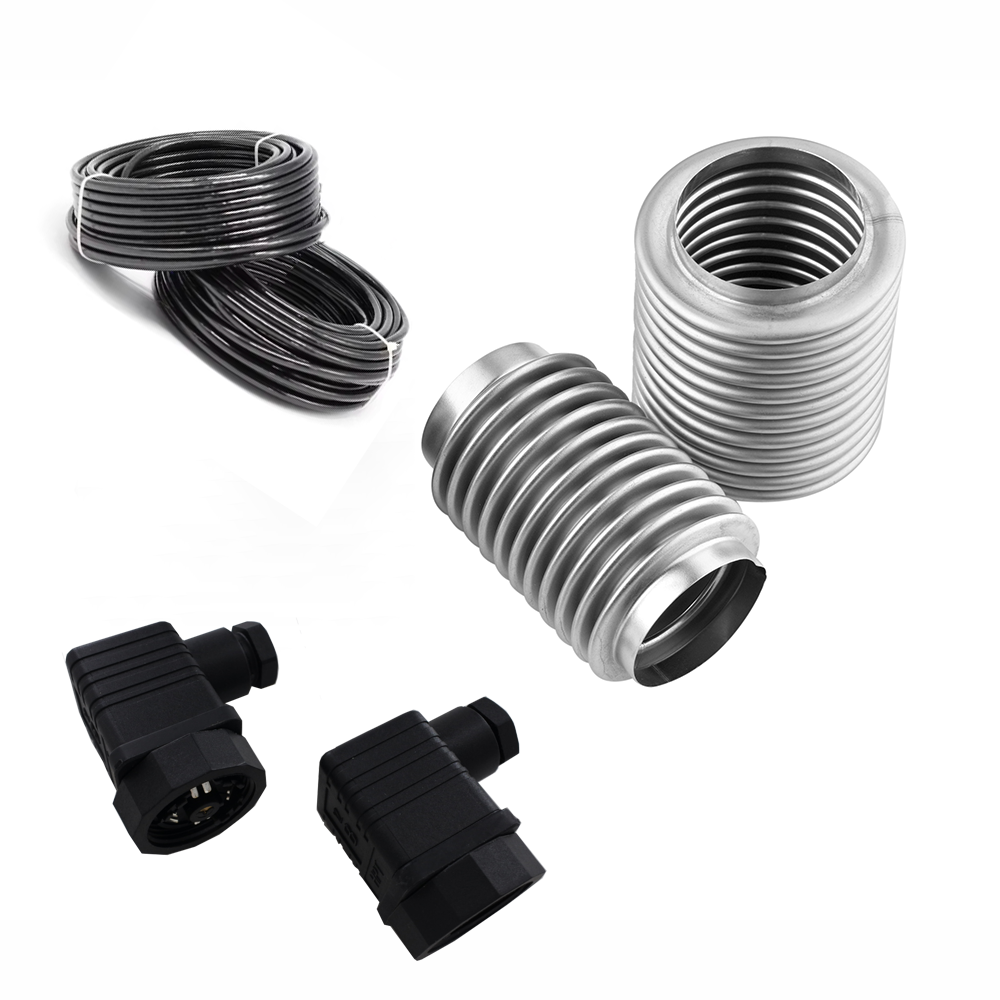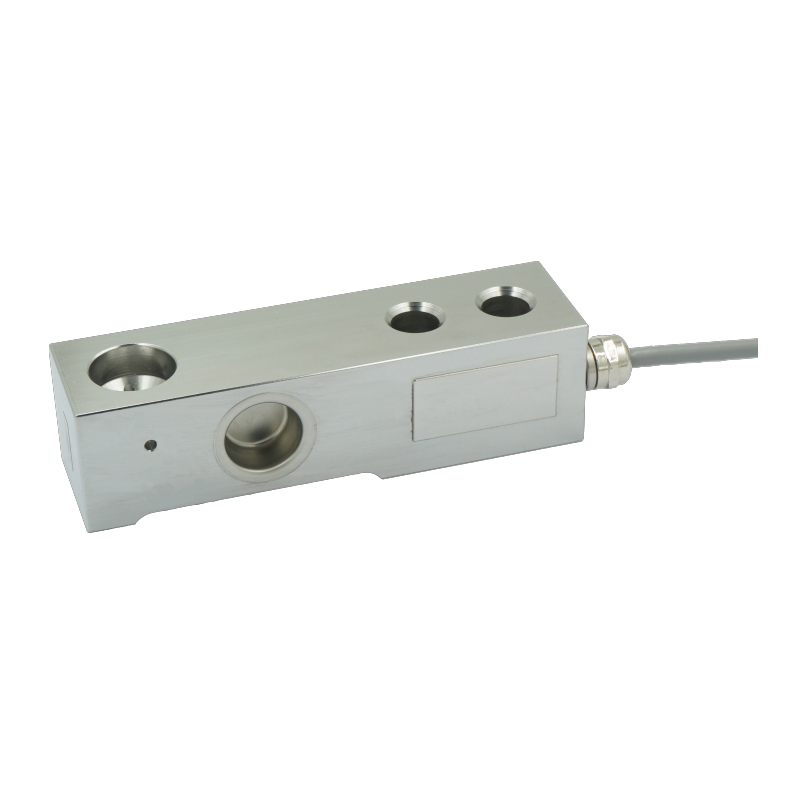Pressure Sensor Installation Methods and Best Practices
From: Issued date 2025.02.12 Back
1.Selection of Installation Location
Pressure sensors should be installed in an area that is easy to maintain and operate, away from high temperatures, high humidity, and strong vibrations. Within process pipelines, the sensor should be placed where fluid conditions are stable to minimize the impact of impurities. Additional factors to consider include:
Measurement medium
Temperature and humidity conditions
Explosion-proof requirements
2. Preparation Before Installation
Before installation, ensure the following:
The sensor is intact and free from damage.
The interface matches the installation requirements.
The necessary tools and materials are prepared.
The sensor parameters align with the intended application.
3. Installation Steps
Ensure the measurement medium is free of impurities and particles to prevent sensor blockage.
Install the sealing gasket, ensuring a tight fit with the interface.
Gently place the sensor on the sealing washer, aligning it correctly with the interface.
Secure the sensor firmly to prevent loosening or tilting.
Connect the wiring, ensuring tight and leak-free connections.
Test and calibrate the sensor to confirm accuracy and reliability.
4. Precautions
Avoid mechanical shock and vibrations.
Ensure the sensor’s base mounting surface is flat, clean, and strong.
Keep sensor cables away from strong power lines or sources of electrical interference.
Perform regular sensor maintenance.
Before repairs or component replacements, turn off the power and drain the media from the pipeline.
Follow all applicable workplace safety standards and guidelines.
5. Installation Requirements for Special Conditions
Use protective guards or mitigation devices in environments with unavoidable disturbances.
Prevent large electrical currents from flowing directly through the sensor body.
Install baffles around the pressure sensor for additional protection.
Route sensor cables separately within iron conduits for added shielding.
6. Measures to Prevent Chemical Corrosion
Apply petroleum jelly to the external surface of the pressure sensor for protection.
When measuring steam or high-temperature media, use buffer tubes (coils) or condensers to prevent overheating damage.
7. Measures to Prevent Liquid Shock
When measuring liquid pressure, install the sensor in a way that minimizes the impact of fluid surges (water hammer effect), which could lead to sensor damage due to overpressure.
By following these guidelines, the installation and operation of pressure sensors can be optimized for accuracy, longevity, and reliability.

